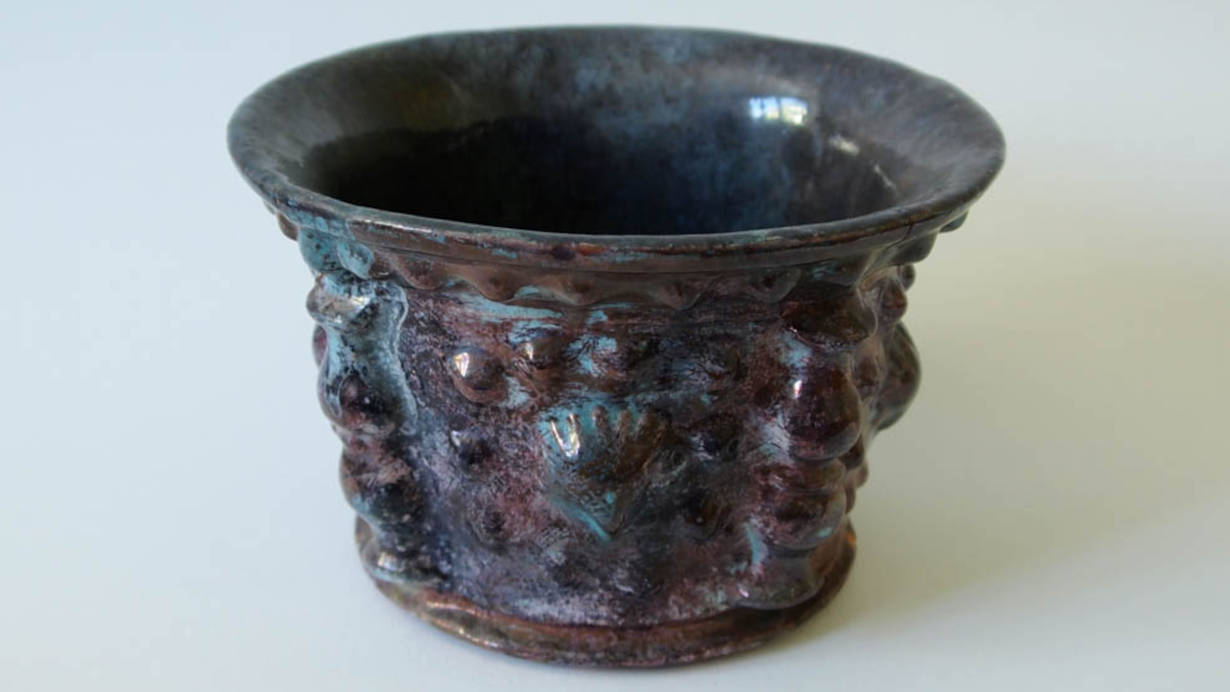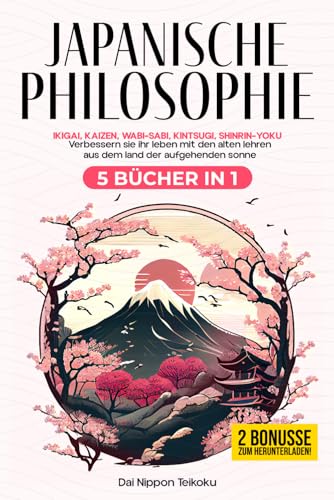The Kintsugi technique or Kintsugi repair (Kintsukuroi) of ceramics and porcelain originated in Japan, but has since spread to Switzerland, Germany, France, Spain, Italy, the USA and many other countries around the world. Behind the Kintsugi technique is a whole philosophy with profound meaning. Kintsugi art belongs to the Japanese lacquer art.

Photo: Robert Züblin
What is Kintsugi?
The answer to the question, what is Kintsugi, or the Kintsugi definition, is that it is a Japanese method of repairing broken ceramics or porcelain pieces, whereby entire defects can also be repaired. Traditionally, natural materials are used, especially the lacquer of the urushi tree. Finally, the repaired cracks and/or flaws are sprinkled with gold powder. People who offer to repair ceramics using the Japanese Kintsugi technique are also known as Kintsugi artists or lacquer artists.
The exact Kintsugi meaning is that “Kin” means “gold” in Japanese and “tsugi” means “to join”. Kintsugi (金継ぎ) can therefore also be translated as “golden joining”, “gold joining” or “golden assembling”. Instead of Kintsugi, one sometimes also speaks of Kintsukuroi, which means “repairing with gold” or can be translated as “gold repair”.
Instead of gold, powders of other metals can be used, such as brass powder, copper powder, platinum powder, aluminium powder, bronze powder or silver powder. If, for example, silver is used to sprinkle the repaired areas on the pottery, it is called gintsugi and not kintsugi, where “gin” stands for silver.
- Kintsugi: gold lacquer repair
- Gintsugi: silver lacquer repair
- Aluminium lacquer repair
- Brass lacquer repair
- Copper lacquer repair
- Platinum lacquer repair
- Bronze lacquer repair
In the broadest sense, however, one speaks of Kintsugi technique even if one uses a metal powder other than gold, i.e. silver, brass, copper, platinum or aluminium.
History of Kintsugi
The use of urushi is about 9000 years old. Originally, urushi was used to fix arrowheads and spearheads. However, several thousand years before Christ, urushi was also used to repair ceramics.
The history of kintsugi, on the other hand, i.e. gold lacquer repair, is more recent and begins in Zen Buddhism, in the 16th century AD. Kintsugi is closely linked to the aesthetic worldview of Wabi Sabi, which recognises beauty precisely in imperfection, in which the transience of all that exists is expressed. Admittedly, the aesthetic concept of Wabi Sabi goes back to the 12th century AD and partly even to the period from the 7th to the 11th century AD. However, the introduction of the term Wabi Sabi was made by the tea master and Zen monk Sen no Rikyū from Japan.
Another theory is that Kintsugi came into being because the Japanese Shōgun Ashikaga Yoshimasa broke his favourite Chinese tea bowl (chawan) at the end of the 15th century AD and sent it back to China to be repaired there. The tea bowl was also repaired in China, but with ugly metal clamps (Juci repair technique), which the Shōgun did not like at all. In addition, the bowl was no longer waterproof. This then prompted Japanese craftsmen to find a repair method that would produce a more aesthetic and functional result, and thus Kintsugi was born.
Modern Kintsugi refers to Kintsugi techniques that use, for example, synthetic adhesives – such as epoxy glue.
In the course of the last centuries, Kintsugi fell more and more into oblivion in Japan, probably also because the repair process is so lengthy; it can take several weeks, months or even more than a year, which depends in particular on the complexity of the repair or the damage. In the meantime, Kintsugi has experienced a renaissance in Japan since around the year 2000, when the first Kintsugi reference book was published in Japan. But interest in Kintsugi has also increased in many other countries around the world, including Europe and America, in recent years. [1]
Kintsugi philosophy
In connection with Kintsugi, one also speaks of the Kintsugi philosophy, because Kintsugi is closely linked to Zen Buddhism and the world view of Wabi Sabi. By using Kintsugi to repair ceramics, one does not simply accept the imperfection by repairing the broken ceramics, but Kintsugi even emphasises the imperfection through the gold lacquer, thus giving it a special appreciation.
Kintsugi is modern in that it also fits in with the zero-waste philosophy, which is about reducing waste. Although some waste is also produced during Kintsugi repair, the ceramics themselves to be repaired are not thrown away but repaired, which at least represents a reduction in waste.
A proximity to the Japanese Mushin philosophy can also be seen in Kintsugi. Mushin is a mental state of living in the moment and accepting change by achieving a state of thoughtlessness, by becoming mentally and emotionally free from fixation on anything and free from worry, thus being open to everything.
Kintsugi psychology
The Kintsugi repair method for ceramics and porcelain is not to be confused with an ever-growing market for life-help books that turn ceramic repair into a method for repairing the psyche, i.e. that have Kintsugi psychology as their subject. In Kintsugi psychology, the principles of Kintsugi philosophy are applied to human life, such as the renunciation of perfectionism and the importance of the time factor in repairing wounds. In addition, a Kintsugi psychology understood in this way is partly seen as a resilience possibility.
Types and techniques
There are different types of Kintsugi – also called Kintsugi styles or Kintsugi methods – depending on how the Kintsugi repair is done:
-
Crack method: In this method, a crack in the ceramic is either filled with compound or directly filled or coated with varnish. The cracks repaired in this way are then coated again with varnish and sprinkled with gold powder (powdered gold).
- Crack method: In this method, a crack in the ceramic is either filled with compound or directly filled or coated with lacquer. The cracks repaired in this way are then coated again with lacquer and sprinkled with gold powder (powdered gold).
- Fragment method: In this method, the broken pieces are joined together as tightly as possible, i.e. with as few gaps as possible, and then the filled fracture lines are coated with lacquer and sprinkled with gold powder (powder gold).
- Piece method: In this method, a larger piece of ceramic is missing and the missing part must be repaired with a mass.
- Addition method: In this method, a ceramic fragment is taken from another ceramic to replace the missing ceramic piece of the ceramic to be repaired.
In addition to the different types of kintsugi, one can also distinguish different kintsugi techniques, as not every kintsugi workshop uses the same kintsugi technique. [2]
Buying Kintsugi Ceramics
In some cases, you can also buy Kintsugi ceramics, i.e. ceramics on which a Kintsugi repair has already been carried out. Below you will find ceramics that have been repaired using the Kintsugi technique:
Kintsugi Glossary
A special Kintsugi glossary explains important terms that are used in connection with the Kintsugi technique and the Kintsugi method.



